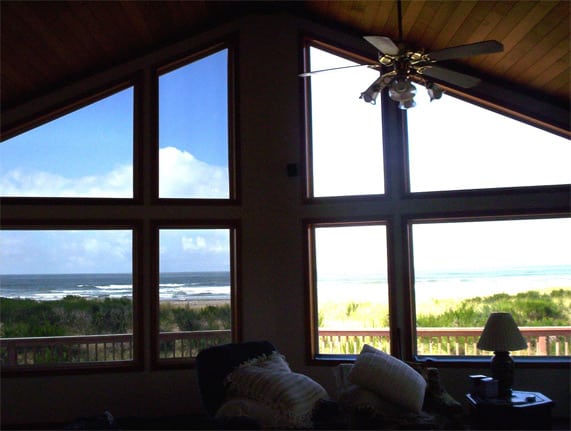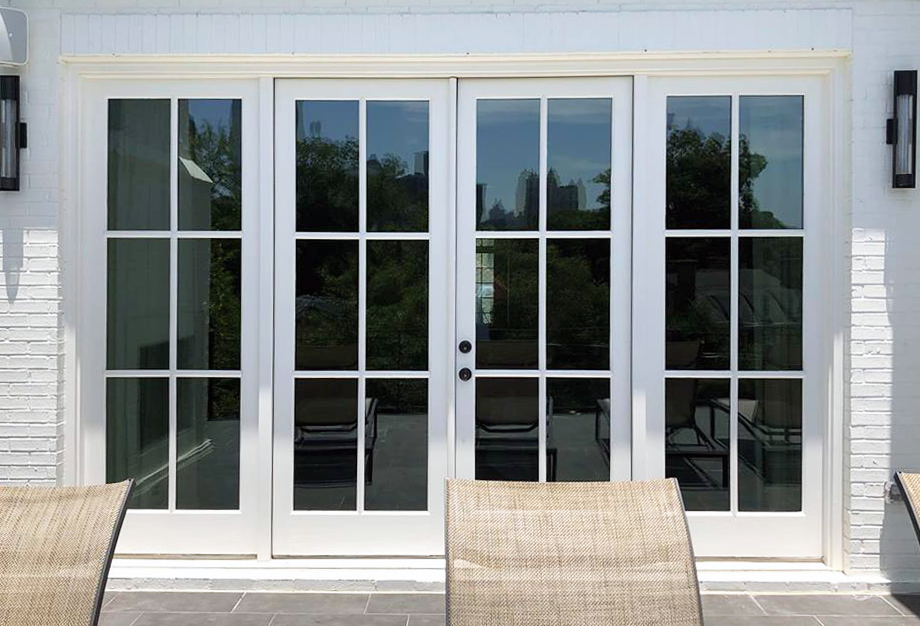Residential Window Tint: Boost Convenience and Decrease Glare Indoors
Residential Window Tint: Boost Convenience and Decrease Glare Indoors
Blog Article
Just How Residential Window Tinting Boosts Your Home's Energy Efficiency
Residential window tinting provides a compelling remedy for homeowners seeking to improve energy effectiveness within their living rooms. By using specialized movies to home windows, it effectively decreases warm transfer, consequently maintaining interior temperature levels and minimizing the need for excessive heating or cooling.
Understanding Window Tinting
Understanding window tinting is vital for house owners looking for to improve both convenience and power effectiveness in their home. Residential Window Tint. Window tinting includes the application of a thin film to the interior or exterior surface of glass home windows. This movie can dramatically regulate the amount of sunshine and warm that goes into a home, thus influencing interior environment problems
There are different sorts of window tinting films available, each with distinctive homes. For instance, colored films soak up solar power, while reflective films disperse it far from the glass surface. Ceramic films offer a balance of exposure and warm rejection, making them a preferred selection amongst homeowners. The performance of window tinting is usually measured by its Visible Light Transmission (VLT) portion, which indicates just how much light can pass through the film.
Benefits of Energy Effectiveness
Window tinting not only enhances aesthetic appeals however additionally plays a significant duty in boosting power efficiency within household areas. By reducing warmth transfer via home windows, tinted movies develop a much more steady interior environment, which can cause substantial reductions in power usage for home heating and air conditioning. This power performance translates right into lower utility bills, giving property owners with substantial long-term financial savings.

Furthermore, home window tinting improves the comfort of living areas. By minimizing glow and blocking hazardous UV rays, colored home windows develop an even more pleasant atmosphere, which can lead to improved health for owners. The protection versus UV rays additionally helps preserve furniture and floor covering from fading, adding to the long life of home things.
Exactly How Tinting Functions
Tinting films run through a mix of innovative materials and modern technologies developed to control the quantity of solar power entering a home. Primarily made up of polyester, these movies often incorporate metallic or ceramic bits that soak up and reflect heat. This double ability allows them to dramatically reduce the penetration of ultraviolet (UV) rays and infrared radiation while allowing visible light to go through.
The efficiency of window tinting is determined by its solar heat gain coefficient (SHGC), which suggests just how much solar power is transferred via the window. Reduced SHGC worths are more effective as they signify higher warmth being rejected. In addition, window tints can feature a variety of tones, allowing homeowners to personalize their visual preferences while boosting power effectiveness.
Moreover, these movies work as a barrier, preventing warmth loss throughout colder months by showing interior heat back into the space. This thermal insulation result complements the cooling benefits gained during warmer months, adding to a balanced interior climate year-round. By handling solar power efficiently, household window tinting not only improves convenience but also plays an important function in decreasing power usage and reducing energy bills.
Selecting the Right Tint

There are numerous kinds of window films readily available, consisting of colored, metalized, and ceramic. Colored films are cost-efficient but may have limited resilience. Metalized films supply much better warm denial but can disrupt electronic signals. Ceramic movies supply superb heat control without jeopardizing visibility and are very sturdy, making them a popular option.
Noticeable light transmission (VLT) is an additional essential element, as it indicates the amount of visite site natural light that can travel through the colored glass. Property owners ought to pick a color with a VLT that enhances their lighting choices while still supplying appropriate glare decrease.
Additionally, analyzing the solar warm gain coefficient (SHGC) can aid identify exactly how well a tint can block warmth from sunshine. A reduced SHGC indicates far better heat control, eventually enhancing energy performance.
Setup and Upkeep Tips
Appropriate installation and upkeep are vital components in making the most of the advantages of residential home window tinting. Professionals likewise utilize specialized devices and methods, which can boost the toughness and effectiveness of the tint.
Adhering to installment, upkeep is necessary to extend the life of the home window film. It is recommended to wait at the very least thirty day prior to cleansing the colored home windows to allow the adhesive to treat fully. When cleansing, use a soft towel and a gentle, ammonia-free cleaner to stay clear of damaging the film. Prevent rough products that could scratch the surface area.
Dealing with these concerns immediately can protect against more damages and keep power performance. By adhering to these installment and upkeep tips, property owners can guarantee their home window tinting proceeds to provide considerable he has a good point power financial savings and convenience for years to come.
Verdict
Finally, residential window tinting functions as a reliable service for enhancing power efficiency within homes. By reducing warmth transfer and blocking hazardous UV rays, home window films add to reduce power intake and enhanced indoor convenience. The choice of proper tinting materials, together with proper installment and upkeep, even more maximizes these advantages. Inevitably, home window tinting represents a sustainable investment that not only decreases energy expenses but also promotes a comfortable living atmosphere throughout the year.
Window tinting entails the application of a slim movie to the interior or exterior surface area of glass windows. By minimizing warm transfer via windows, colored movies create an extra secure interior environment, which can lead to substantial decreases in power usage for heating and air conditioning.The effectiveness go to website of window tinting is measured by its solar warmth gain coefficient (SHGC), which indicates just how much solar power is sent via the window. By taking care of solar power efficiently, domestic home window tinting not just boosts comfort yet likewise plays a vital duty in reducing energy consumption and lowering utility bills.
By decreasing heat transfer and obstructing hazardous UV rays, home window films add to lower energy usage and enhanced indoor convenience.
Report this page